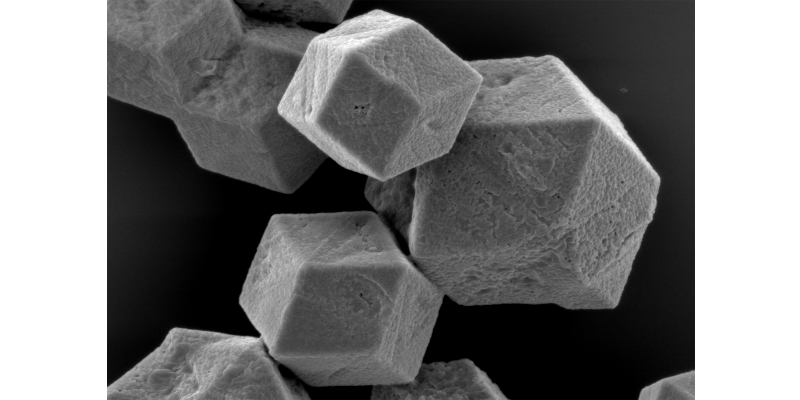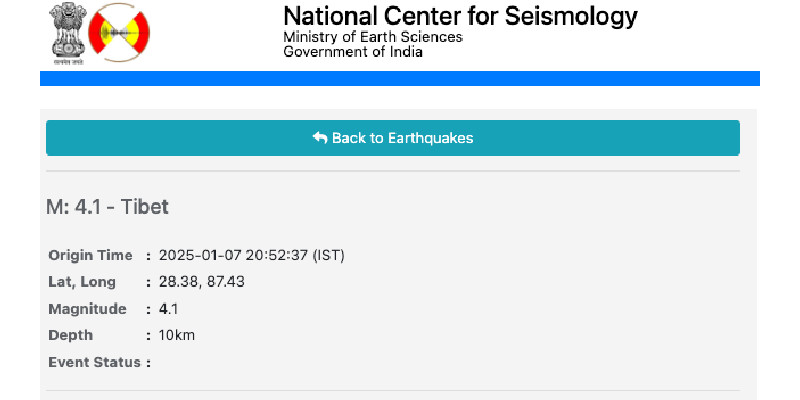Dharamshala, 18th February: Changes in temperature can cause phase transitions in materials, such as when water forms as ice in the freezing cold. However, depending on whether the material is cooling or warming, the temperature that causes the change varies in some circumstances. This is known as a hysteresis loop, and scientists believe they’ve discovered a strange and novel example of it.
It takes a layered compound crystalline material called EuTe4, wide temperature fluctuations, and a kilometer-long track to fire fast-moving charged particles released to create bright laser light. Scientists discovered that the hysteresis loop for EuTe4 spans a massive temperature range of at least 400 Kelvins, much above the typical range for a crystalline solid like this, which is usually only tens of Kelvins at most.
From there, the investigation became increasingly inquisitive. Across the temperature range studied, there was no change in the material’s electrical or lattice structure, which isn’t how phase transitions in crystals should work. While the research is still in its early stages, the team has a few theories. The way electrons are structured in EuTe4 causes a secondary electronic crystal to form, and it’s possible that as this second layer moves and changes, it forms new configurations in the hysteresis loop.
Further tests revealed that the researchers were able to drastically alter the material’s electrical resistance by chilling or warming the crystals, indicating that something weird and unexpected was going on. This brings up a slew of opportunities. Because of this ‘thermal memory,’ scientists may be able to assess the electrical resistance of EuTe4 at normal temperature and then extrapolate the coldest or hottest temperature the material has previously encountered.
The research might be broadened to look at different solids and how they change when exposed to severe temperature ranges, according to scientists. It could be especially useful for gaining more control over the materials used in computer switches and memory.
However, more research is required first. Beyond the 400 Kelvin area, the researchers believe there is more to learn – it was just as far as their equipment would allow them to go. After more research, it appears that hysteresis can be managed in ways other than increasing the temperature.







Leave a Reply